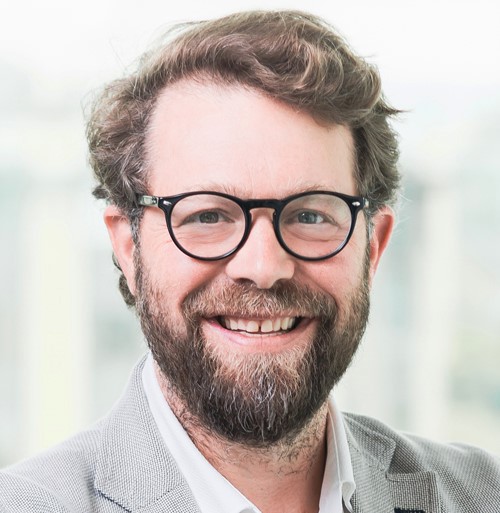- Video Library
- Synergia Medical | Attila Borbath, CEO
Synergia Medical | Attila Borbath, CEO

Attila Borbáth
Attila Borbath's M.Sc. in Business Administration and Engineering from the UCLouvain followed by the CEMS Master's in International Management naturally brought him to pave his professional way in a technological start-up in the finance sector for 10 years.
Synergia Medical is developing a revolutionary neurostimulation technology. In this technology, wires are replaced by fiber optics and photovoltaic cells convert optical energy into electrical impulses.
Attila Borbáth
Attila Borbath's M.Sc. in Business Administration and Engineering from the UCLouvain followed by the CEMS Master's in International Management naturally brought him to pave his professional way in a technological start-up in the finance sector for 10 years.
Synergia Medical is developing a revolutionary neurostimulation technology. In this technology, wires are replaced by fiber optics and photovoltaic cells convert optical energy into electrical impulses.

17011 Beach Blvd, Suite 500 Huntington Beach, CA 92647
714-847-3540© 2025 Life Science Intelligence, Inc., All Rights Reserved. | Privacy Policy







